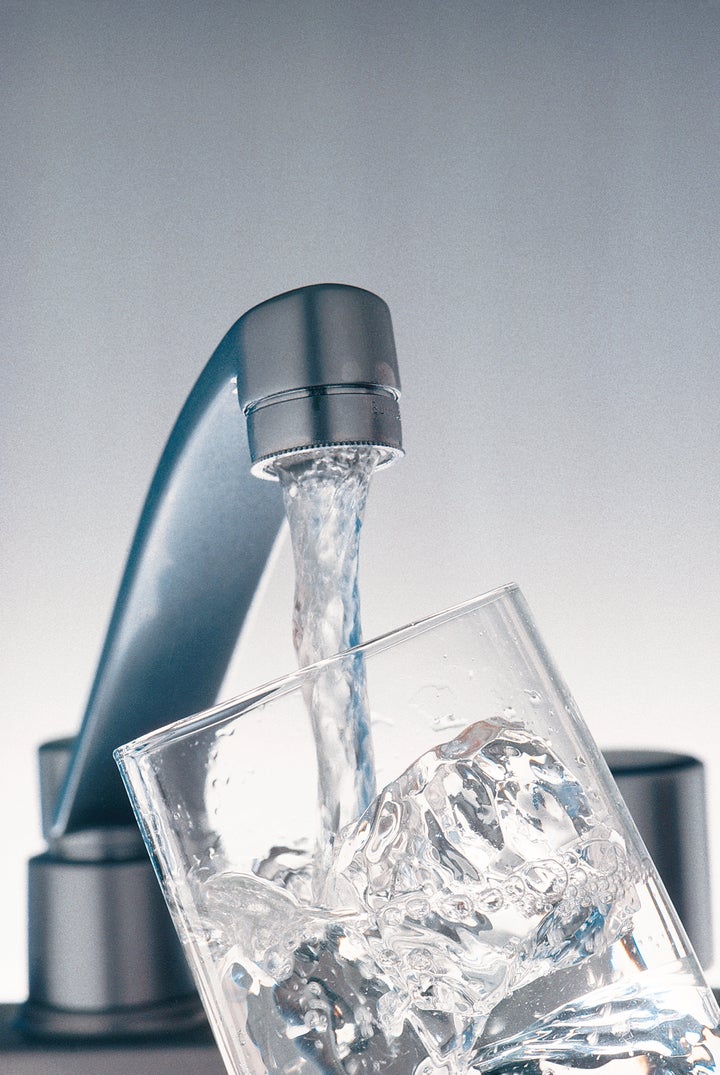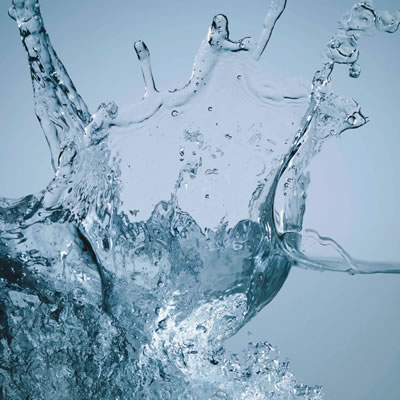

By Rachael Moeller Gorman, contributing editor for EatingWell Magazine
It was 7 a.m., but Jill Donnelly was already sticky-hot. The 40-year-old mother of three had woken up early that June day to run her first 10K race. As she waited at the starting line in Annapolis, Maryland, with thousands of others in the thick summer air, she tightened her shoelaces and wiped a few beads of sweat from her forehead.
The gun sounded. She took off, and quickly. She skipped the water stations and kept pushing, excited to be running so well. At mile three, however, she started breathing strangely. At mile 4.5, she could see the race's leaders. Whoa! she thought. I'm going fast!
And that's the last thing she remembers. When her eyes finally fluttered back open, EMTs were rolling her stretcher from an ambulance into Anne Arundel Medical Center's ER and she was being pumped with intravenous fluids. She couldn't remember the names of close friends and she was nauseated.
Later, when she had recovered, the doctors asked what she'd had to drink recently. She thought. The day before, another scorcher, she had lounged by the pool with her kids. One of them had knocked over her full glass of iced tea and she had never refilled it. At dinner, she had sipped a glass of red wine with her pasta. She realized she had had nothing else to drink all that day; on race morning all she had was a couple sips of water.
More From EatingWell:
Jill might have been 2 percent [mildly] dehydrated before she even started the race, said Sam Cheuvront, Ph.D., an exercise physiologist, when he heard her story. (A 10-kilometer, or 6.2-mile, race is usually too short to produce significant dehydration by itself.) This is not terrible. But, said Cheuvront, "86 degrees and humid and trying to run a 10K fast -- even if you're marginally dehydrated, in a hot environment the effects are exacerbated."
In Jill's case, that meant deeper dehydration -- and a dehydrated body can't cope as well in hot weather. (In fact, for every 1 percent of body mass lost due to dehydration, your body temperature rises by about a third of a degree Fahrenheit.) This most likely led to Jill's heat exhaustion, which probably caused her collapse.
This is an extreme example, though. Had Jill been sitting at her desk while slightly dehydrated, she wouldn't have collapsed, but she would have felt thirsty, probably tired, a bit irritable and less willing to work. Her brain would have suffered as well -- at least until she drank something. Studies have found that slight dehydration worsens our ability to recall new information. Other studies show that our ability to pay attention and do math is also impaired. This mild, 2 percent dehydration, while fairly common, makes it difficult to be physically active. Several studies have reported that being dehydrated, especially when it's hot, reduces the amount of aerobic exercise you can do: people who were just slightly dehydrated were typically only able to run, for example, about 75 percent as hard as usual.
When you skimp on fluids (check out the ideal amount here), it's hard on your body, which makes sense because water is essential to just about every process in our body and, in fact, to the very existence of life on Earth. Life first emerged in the salty, primordial ocean; it stayed there until it was able to capture a bit of that water inside itself, the so-called "milieu intérieur" in which cells are bathed. Our inner ocean is a calm, salty broth providing cells with the raw materials they need to function, removing waste products, allowing them to communicate with each other and buffering them from the unpredictable world outside.
This water within accounts for about 60 percent of our body -- about 11 gallons, or 92 pounds, inside a 155-pound person. Most of it lurks inside our cells (where all sorts of important substances are dissolved in water) and outside them (the milieu interieur), but we also use it to cool our body with sweat, to circulate oxygen and fuel to our organs and to take away waste products via blood. The elderly, infants and sick children are most prone to dehydration, but no one is risk-free. "lf you're really busy, it's easy for all morning to go by and you don't really drink much until you notice you are thirsty, at which point you're already slightly dehydrated," says Cheuvront. And when we exercise hard, such as playing soccer or football or running distances in the summer, and forget to hydrate, we can easily lose 4 to 5 percent of our body weight (take a look at the best after-workout drinks here).
Sam Cheuvront should know. He studies hydration for the U.S. Army Research Institute of Environmental Medicine (USARIEM), whose mission is to "protect, sustain and improve the performance of the Warfighter." Cheuvront spends his days testing soldiers to see how their bodies perform when they're hot, dehydrated, in humidity, at high altitudes and in other extreme conditions. At USARIEM in Natick, Massachusetts -- where most of Cheuvront's work is conducted -- scientists simulate different environments, putting real soldiers in an assortment of climate chambers, from the Tropics Chamber to the Arctic Chamber. Called the Doriot Climatic Chambers, these are some of the world's largest and most sophisticated environmental test chambers.
Researchers can march five soldiers in full gear on a treadmill built for a horse and pummeled by winds at 100-degrees fahrenheit while it's raining, to test exactly how much they're sweating, their heart rate, how much energy they're expending and their body temperature. They could even have soldiers simulate living on top of Pike's Peak in Colorado (atmospheric pressure equal to an altitude of 14,000 feet) for two weeks to see how they fare.
Cheuvront's studies on hundreds of soldiers have helped create the official military doctrine for how much soldiers need to eat and drink to prevent dehydration and heat stress under a variety of different conditions. To the Army, a hydrated soldier is a tactical weapon.
The intelligence also helps solve other problems. It's a logistical nightmare to transport water to troops in Iraq and Afghanistan; some soldiers may need more than three gallons per day and water transport accounts for one-third of on-the-ground wartime costs. Additionally, water convoys are prime targets for the enemy. Cheuvront recently created formulas for estimating the water needs of soldiers that are 58 to 65 percent more accurate than the old water formula (developed 30 years ago, it overestimated soldiers' needs). When the new formulas are implemented, the military will no longer ship too much water to troops, saving money and, potentially, lives.
Cheuvront's work on hydration filters down -- and can be applied to everyone, not just soldiers and athletes. For example, Cheuvront has synthesized his research into three simple questions to determine whether someone's dehydrated: Am I thirsty? Is my morning urine dark yellow? Is my body weight this morning more than a couple pounds (or about 1 percent) lower than it was yesterday morning? If you answer yes to one of these questions, you might be dehydrated. Yes to two: you are likely dehydrated. Yes to three: you are very likely dehydrated.
Understanding how much water a soldier needs when in full gear versus shorts and a T-shirt (something Cheuvront has also studied) provides greater understanding of, say, how much water you need if you're a weekend warrior or someone gardening on a 90-degree day. Are you thirsty yet?
Contributing editor Rachael Moeller Gorman recently won a James Beard Award for her EatingWell story "Captain of the Happier Meal" (May/June 2010).